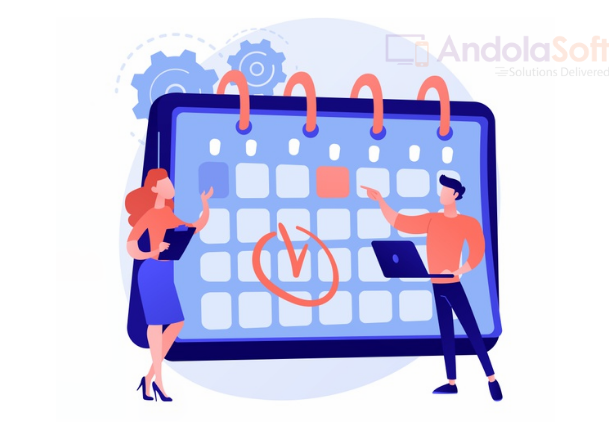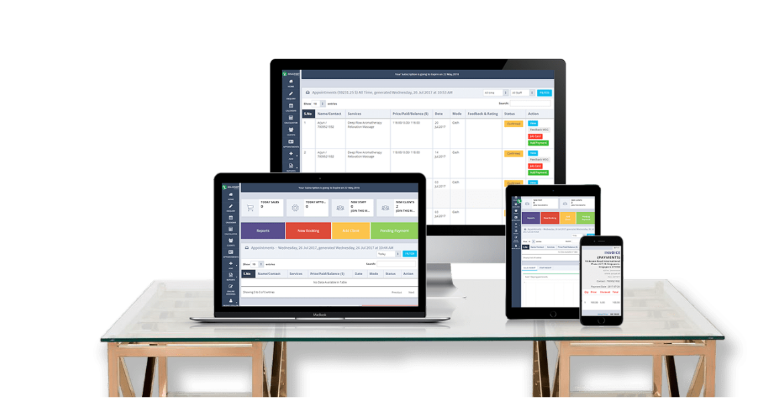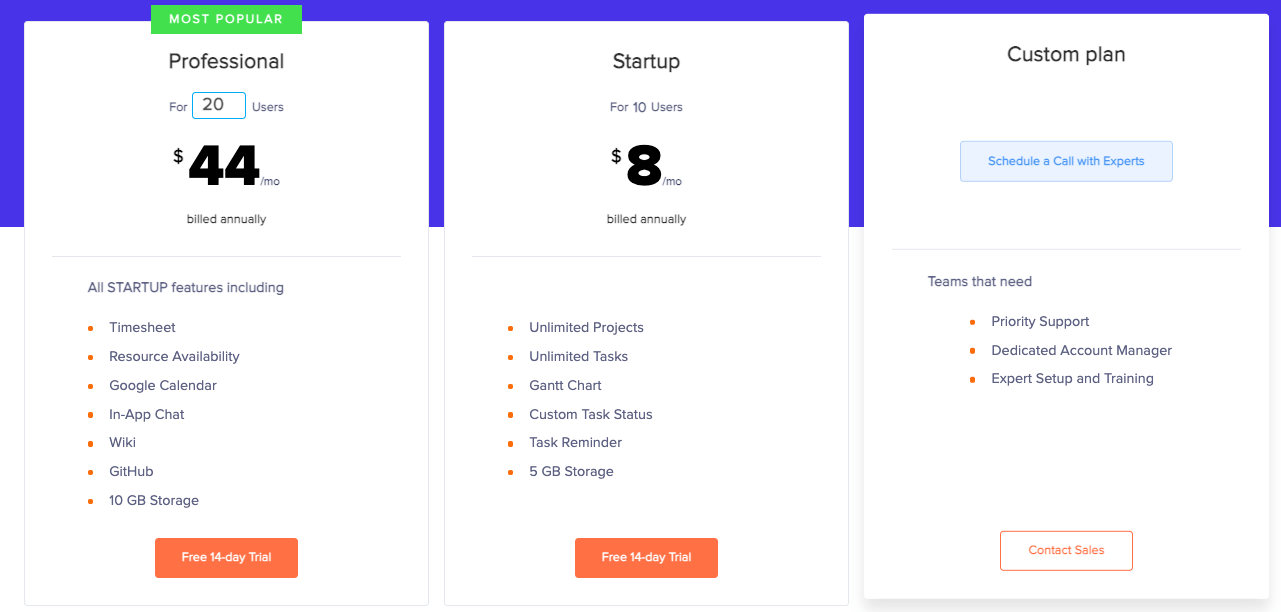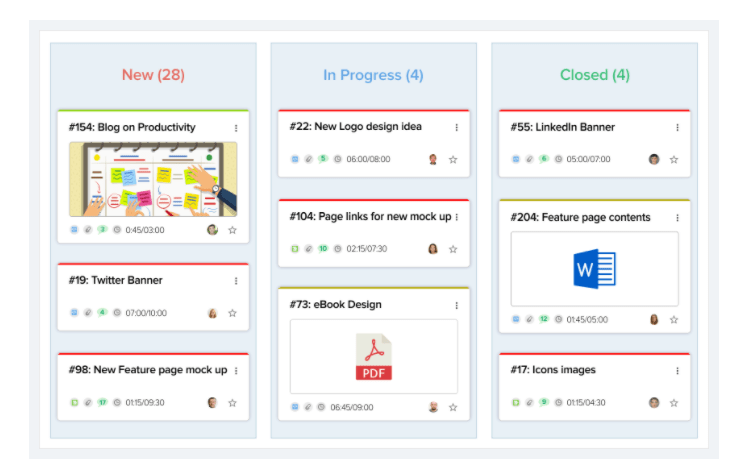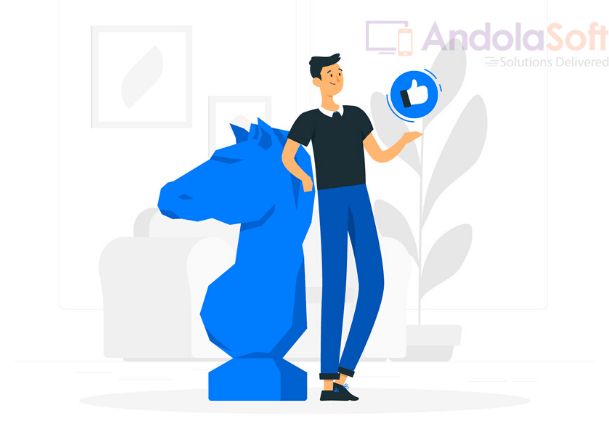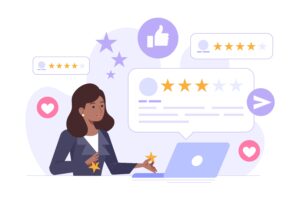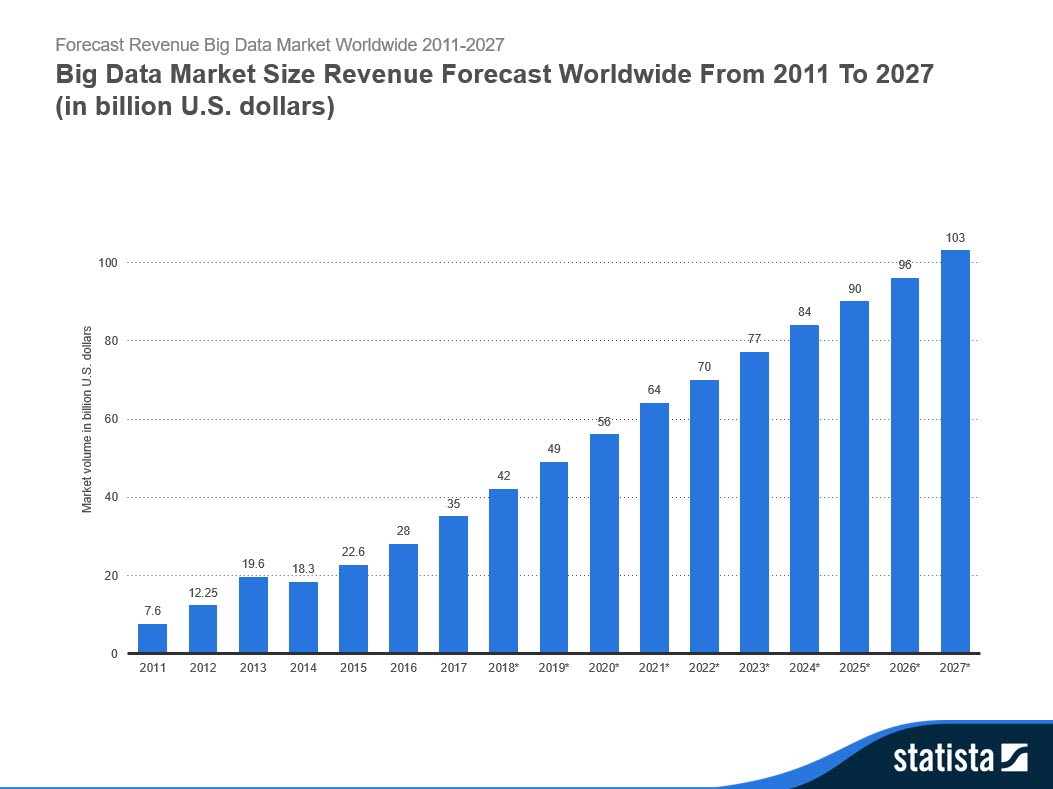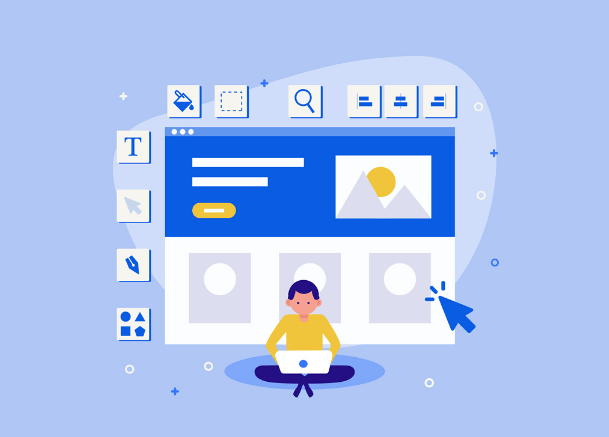You are just taking your business down, if you don’t have sales and if you are unable to make your business name in the market.
It’s sad if you fail to establish your business image, even after possessing all the essential requisites required to run a business.
Like you have all the professional experience, excellent skills, and knowledge, but don’t know how to increase traffic towards you. That means it’s something you need to work on.
To gain plenty of appointments is one of the fundamental goals of every Business. You can’t neglect this utmost crucial aspect of your business.
After all, it is the number of appointments that allows business owners and their staff to earn their bread.
Compliment your excellent skills and professional experience in the business with the appropriate number of sales.
Do work on the marketing strategies to make your business reach a great level. This can be done beautifully with software.
Optimize your business growth by showering the right marketing strategies with the help of software.
Honestly, the software proves to be super beneficial to market your business along with converting your business chores most simply and flexibly.
Let’s share some recent stats related to appointments:
- 46% of these appointments were made by clients while 54% were booked by staff.
- 82% of clients use mobile phones to make appointments while 16% and 2% are made from desktops and tablets, respectively.
- 41% of booking services are found via social media, 29% are direct, 25% through referral websites and 4.4% via organic search.
- 36% of online bookings are received through Instagram, 22% via Facebook,
Well, with the help of this blog, we will make you learn the most effective marketing strategies to market your business rightly.
Do work on the most fundamental aspects of your business with the best software to promote your business to the very right customers.
Now, let’s move on to the effective strategies to promote your business.
Effective strategies to market your business
Be Visible
You need to know this very fact that there is no point in running a business if you are not visible to your customers.
Introduce yourself in the market via online or offline mode. If possible, go ahead with an online presence because these days, you can’t imagine a person without a mobile phone.
Everyone uses technology and somehow everyone got to know what is trending in the market.
Following are the tips that prove productive in making visibility of your business:
Social Media
Social media is the best strategy to market your business or to make the promotion of your business. These days, every individual uses social media.
Thus, with the help of social networking platforms, you can reach many people.
Design a Website
It’s highly important to design a website because with a well-designed website you can reach as many people as you can.
The most important thing is, nowadays, every customer looks for google search before stepping into any. They see every single bit of information about yourself with the help of your website.
Therefore, having a website is of great advantage.
Blogging
You don’t know how blogging proves to be beneficial for your business. Several customers love to cherish reading. They love reading information related to Business and health.
Be it of a Business product or a Business service. They show a keen interest in all kinds of blogs related to Business. Blogs on your website play a vital role in building our customer’s faith in your services and products.
Book appointments via online mode
These days, people prefer scheduling online bookings despite going ahead with traditional methods because no one has time for long waiting.
More than 65% of people prefer to book appointments via online mode. Because no one has time to present themselves in physical form just to get an appointment.
Moreso, staff can also get rid of this manual appointment task by investing in the right software. They can devote the same amount of time to other crucial tasks.
Referrals
If you are unaware of this, how do referrals prove to be magical? Let’s tell you, referrals play a significant role in adding plenty of appointments to your business doorstep.
This also helps in mouth-to-mouth publicity of your business by your potential customers.
Various reports depict that a maximum number of customers come through referrals by their family, friends, and relatives. It is truly effective in generating tons of revenue as well.
Encourage pre-bookings
You have no clue how pre-bookings can be beneficial for your business. It can add a generous amount of revenue to your business. It leaves your customers stress-free regarding their next bookings.
With pre-bookings customers don’t need to experience those chaotic long waitings. s themselves set reminders to remind their customers regarding their pre-bookings.
Maximize customer engagement
To maximize customer engagements is undoubtedly a challenging task but on the contrary gaining many customers is one of the biggest accomplishments as well.
After all, the number of customer engagements is the whole sole foundation for establishing your business image and of course revenue as well.
Following are the tips that you can implement to enhance customer engagement in your business:
- Lovely wishes on their birthdays and anniversaries: Make your customers overwhelmed by sending lovely wishes and cards on their birthday.
- Ask for feedback: Feedback is the best way to know about your customers. You can examine your customer’s likes, dislikes, and preferences through feedback. With feedback, you can work on where you are lagging.
- Discount, offers, and gifts: By offering exciting discounts to your customers on your services, you can make customer engagements to a great extent. It’s truly a key to add several customers to your business.
Promote your services
You can’t afford to skip any opportunity to promote your business. Make effective strategies to promote your business, no matter what mode you choose to market your business.
Don’t think much about investing in promoting your business because, in the end, it is going to be productive for your business. Approach as many modes or mediums as you can.
By investing in Facebook and Instagram Ads, you can get amazing results. Create ad campaigns and attractive posts on your social media platforms to get a potential crowd for your business.
You can also market your business by sending Emails and SMS to your potential prospects.
Approaching Radio and well-known newspaper agencies may sound like old practice but it can also assist you in gaining better branding of your business.
Conclusion
With this write-up, we have shared tips to increase bookings in yours. We have also mentioned that the best software can also assist you in enhancing more appointments for you.
Do make optimum use of the tips shared by us. We assure you, sooner or later, you will definitely experience-rich results.
Pay attention to powerful and effective marketing strategies, if your business suffers from a deficit in appointments. Well-planned smart strategies will surely solve this issue for you.
After having a read, do share your valuable feedback with us.
Thank you!
